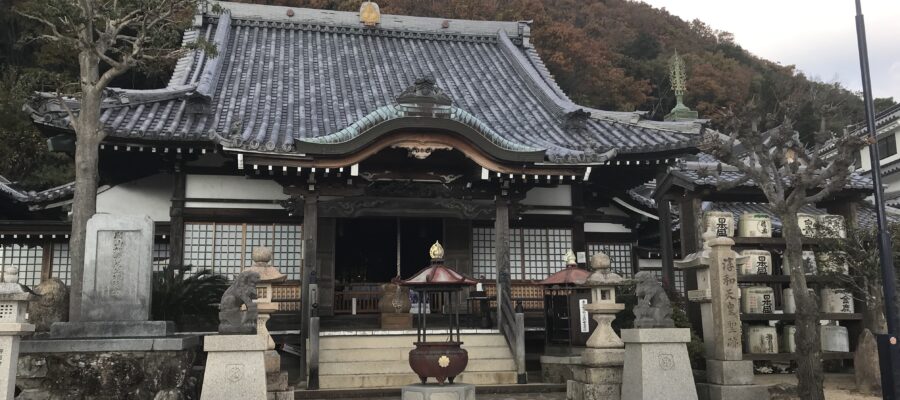神が呪う寺?
新西国霊場の中で、一番名前にインパクトがあるお寺ではないでしょうか。「かんのうじ」と読みます。神が呪う寺?意味を誤解しやすいのですが、神呪とは般若心経にある神呪(じんじゅ)で、真言という意味があるそうです。
歩くと迷う、寺への道
今回、阪急電車の甲陽園駅から歩いて向かいました。ここも道に迷いやすく、なんだか全く違う方向に行ってしまい、引き返すことになりました。そうこうして、ようやくGPSでお寺の近くにまで来ていることがわかり、指し示す方に入っていきましたが、そこは奥の院のようなところで、雑木林の中に塚がいくつかある場所でした。30分ぐらい、また迷ってから元の道に戻りました。
下り坂を進んでいくと、前方にようやくお寺の屋根らしいものが見えてホットしました。神の呪いも解けたのでしょうか。そこから山門をくぐって石段を上がっていきます。海抜309mの甲山(かぶとやま)の中腹に位置しており、お寺の海抜は200mです。
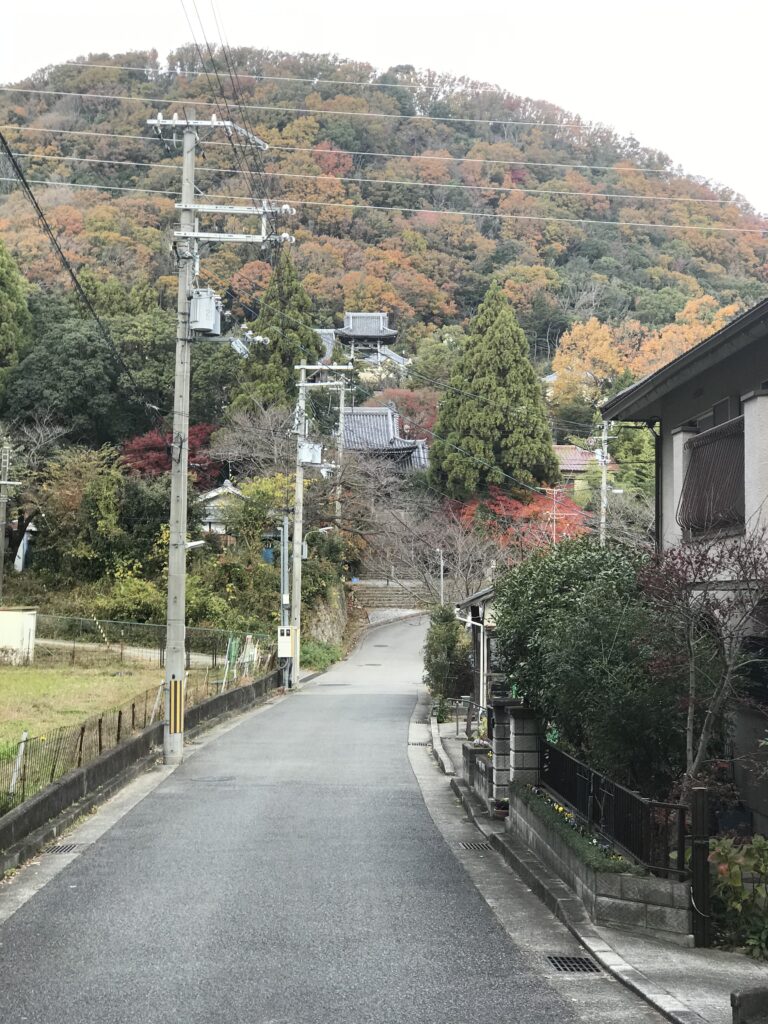
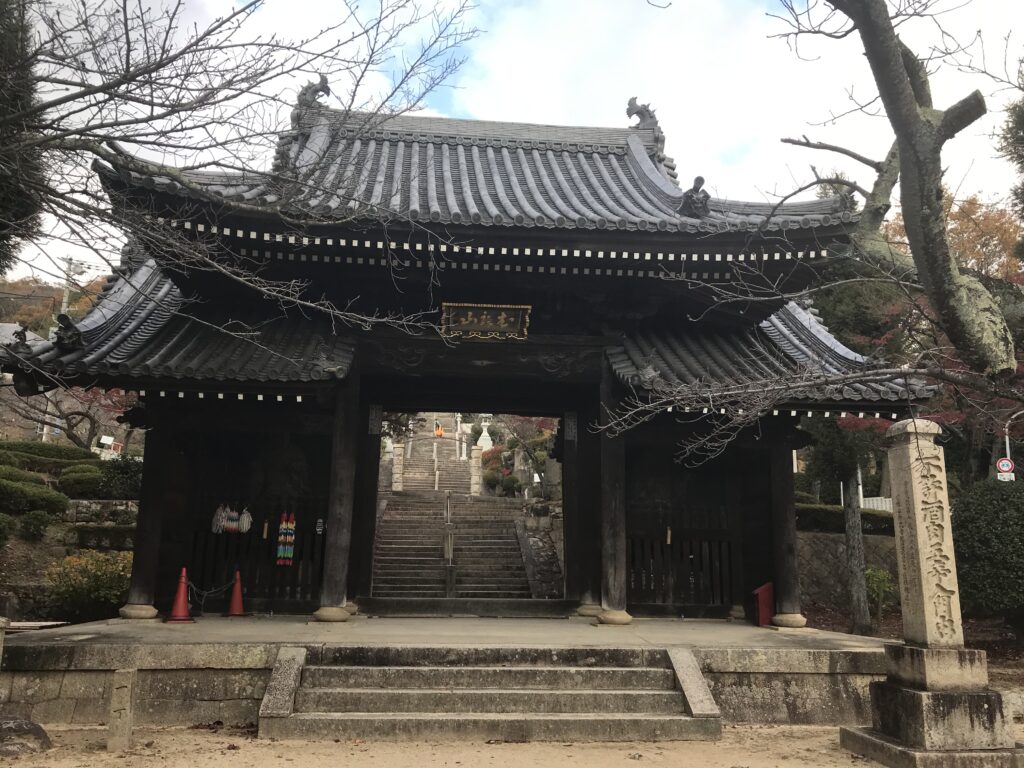
栄枯盛衰を繰り返し、今は昔
江戸時代に再建された本堂をお参りしました。その昔、寺領は75万坪あったらしいのですが、今は6万坪と10分の1以下になっています。お寺は鎌倉時代より栄枯盛衰を繰り返してきたそうです。
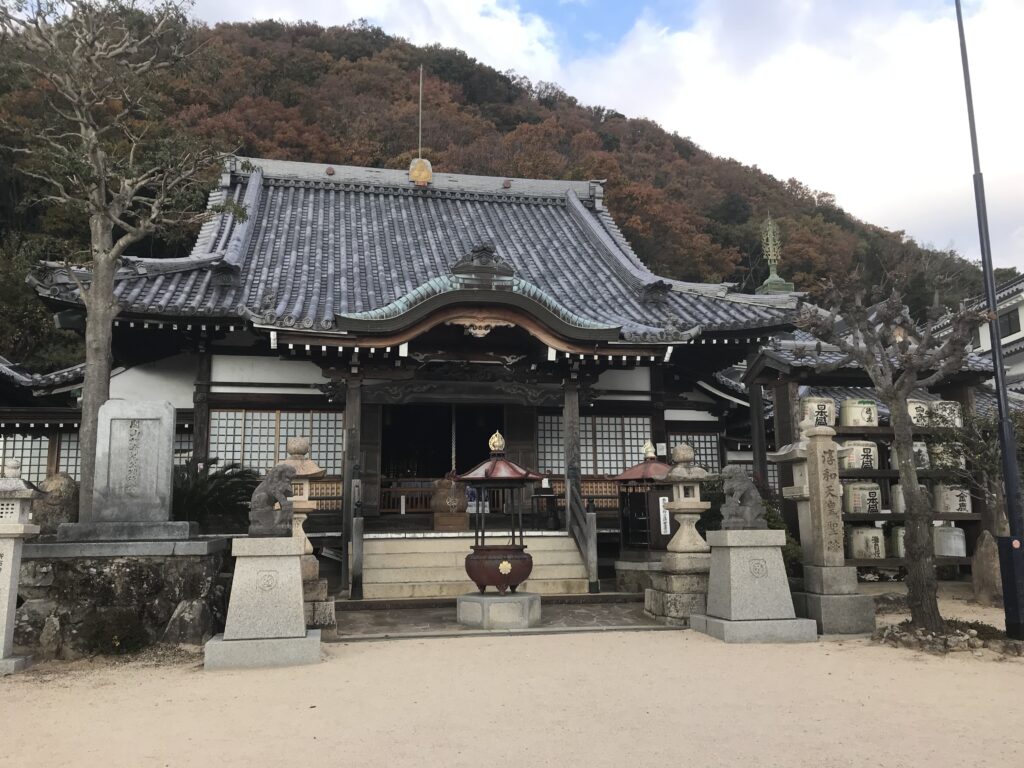
ご本尊は秘仏の融通観音です。河内の観心寺、大和の室生寺の観音様とともに、日本三如意輪といわれているそうです。御開帳は年1回5月18日のため、今回は拝見することができませんでした。道に迷ったとは言え、無事に到着してお参りできたことを感謝して、帰路につきました。
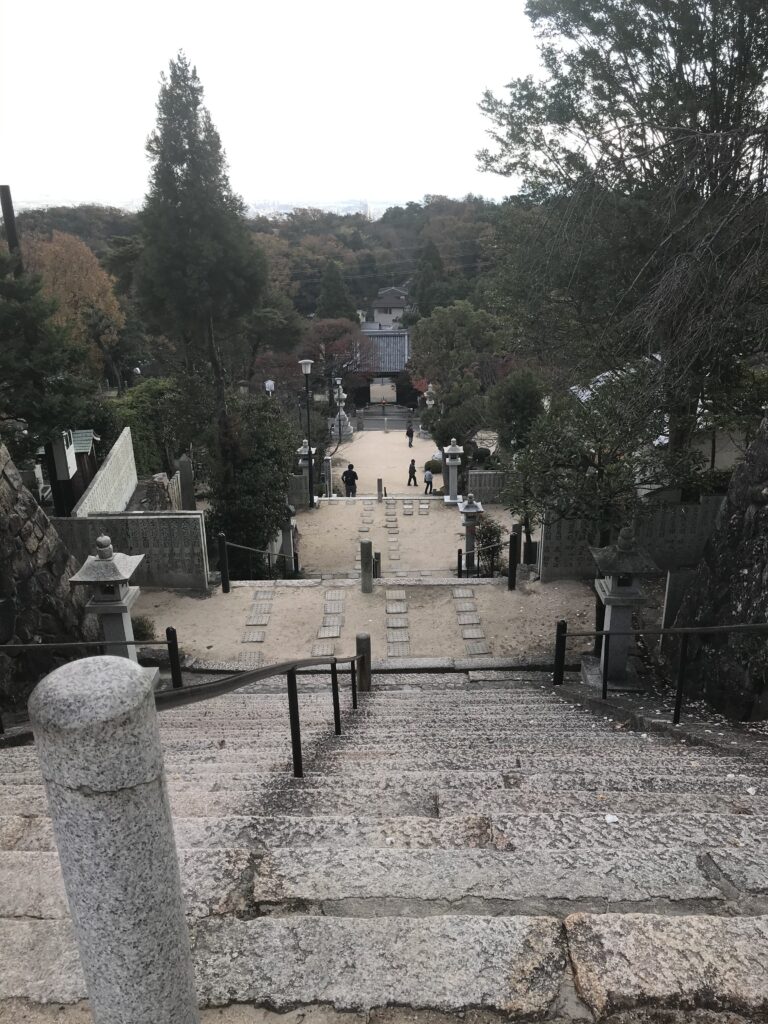
神呪寺の御朱印
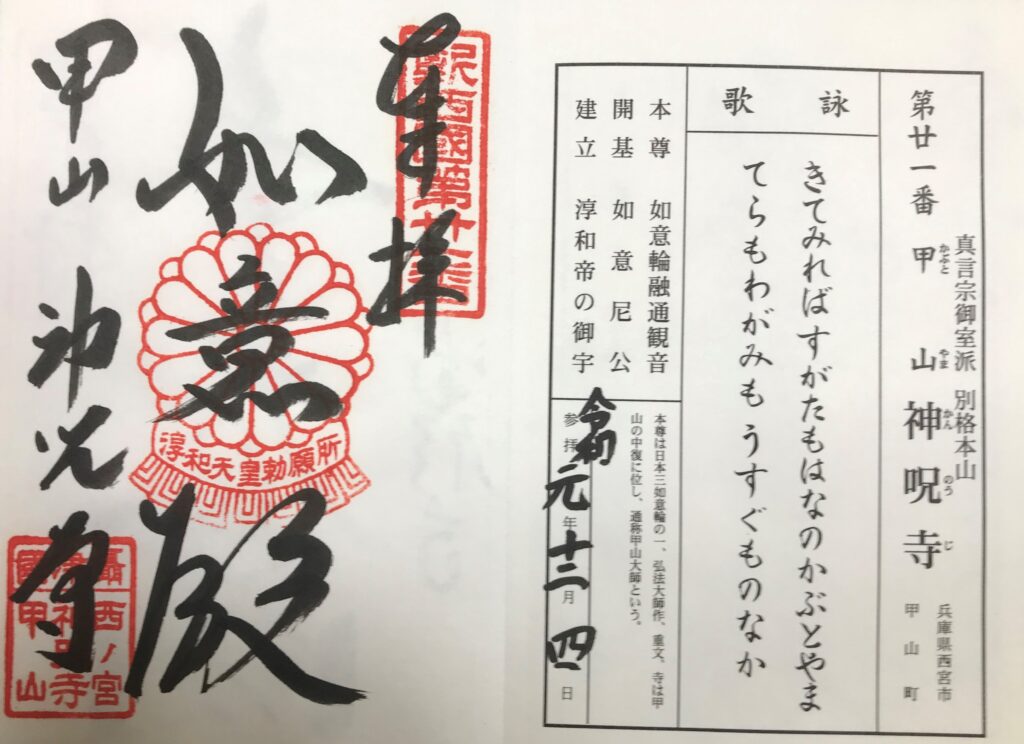
神戸のお肉
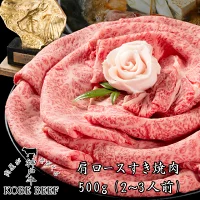
【あす楽対応】神戸牛 肩ロースすき焼き しゃぶしゃぶ 500g(約2〜3人前)【産地直送】【送料無料※一部地域 500円】【お歳暮】
価格:7,560円
(2021/12/22 21:27時点)
感想(97件)
Kannoji Temple (Hyogo Prefecture)
A temple cursed by God?
Of all the temples in the New Sacred Sites of the West Japan, this is probably the one whose name has the greatest impact. It reads “Kan-no-ji.” A temple where God curses? It is easy to misunderstand the meaning, but kan-no-ji means “divine curse” in the Hannya Shingyo (Heart Sutra), which means “true word.”
Walking and getting lost, the way to the temple
This time, I walked to the site from Koyoen Station on the Hankyu Railway. Again, it was easy to get lost, and I somehow ended up going in a completely different direction and had to turn around. In this way, I finally found on the GPS that I was close to the temple and entered the direction it pointed, which was a sort of inner sanctuary with several mounds in a wooded area. After about 30 minutes of getting lost, I returned to the original path.
As I continued downhill, I finally saw what appeared to be the roof of a temple ahead of me, and I was relieved. Perhaps the curse of the gods had been lifted. From there, I passed through the temple gate and ascended stone steps. The temple is located halfway up Mt. Kabutoyama, 309 meters above sea level, and the temple is 200 meters above sea level.
Rise and fall, now and then
I visited the main hall, which was rebuilt in the Edo period. The temple’s territory used to be about 750,000 tsubo (about 1,000,000 m2), but now it is less than one-tenth of the current size. The temple has experienced a period of prosperity and decline since the Kamakura period (1185-1333).
The principal image of the temple is the hidden Buddha, Yuzu Kannon. Together with Kanshinji Temple in Kawachi and Muroji Temple in Yamato, it is said to be one of the three Nyoirin in Japan. Since the opening of the hidden Buddha is held once a year on May 18, we were not able to see the statue this time. Even though I lost my way, I was thankful to have arrived safely and visited the temple, and headed back home. (End)
Temple Kannoji (préfecture de Hyogo)
Un temple maudit par Dieu ?
De tous les temples des Nouveaux sites sacrés du Japon occidental, celui-ci est probablement celui dont le nom a le plus d’impact. Il est écrit “Kan-no-ji”. Un temple où Dieu maudit ? Il est facile de se méprendre sur le sens, mais kan-no-ji signifie “malédiction divine” dans le Hannya Shingyo (Sutra du cœur), qui signifie “parole vraie”.
Marcher et se perdre, le chemin vers le temple
Cette fois, j’ai marché jusqu’au site depuis la gare de Koyoen sur le chemin de fer Hankyu. Encore une fois, il était facile de se perdre, et j’ai fini par aller dans une direction complètement différente et j’ai dû faire demi-tour. De cette façon, j’ai finalement trouvé sur le GPS que j’étais près du temple et je suis entré dans la direction qu’il indiquait, qui était une sorte de sanctuaire intérieur avec plusieurs monticules dans une zone boisée. Après environ 30 minutes à me perdre, j’ai repris le chemin initial.
En continuant à descendre, j’ai finalement vu ce qui semblait être le toit d’un temple devant moi, et j’étais soulagé. Peut-être la malédiction des dieux avait-elle été levée. De là, j’ai franchi la porte du temple et monté des marches en pierre. Le temple est situé à mi-hauteur du mont Kabutoyama, à 309 mètres au-dessus du niveau de la mer, et le temple est à 200 mètres au-dessus du niveau de la mer.
Des hauts et des bas, de temps en temps
J’ai visité le hall principal, qui a été reconstruit à l’époque Edo. Le territoire du temple s’étendait autrefois sur environ 750 000 tsubo (environ 1 000 000 m2), mais il ne représente plus qu’un dixième de sa taille actuelle. Le temple a connu une période de prospérité et de déclin depuis la période Kamakura (1185-1333).
L’image principale du temple est le Bouddha caché, Yuzu Kannon. Avec le temple Kanshinji à Kawachi et le temple Muroji à Yamato, il est considéré comme l’un des trois Nyoirin du Japon. Comme l’ouverture du Bouddha caché a lieu une fois par an le 18 mai, nous n’avons pas pu voir la statue cette fois-ci. Même si j’ai perdu mon chemin, j’étais reconnaissant d’être arrivé sain et sauf, d’avoir visité le temple et d’être rentré chez moi.
